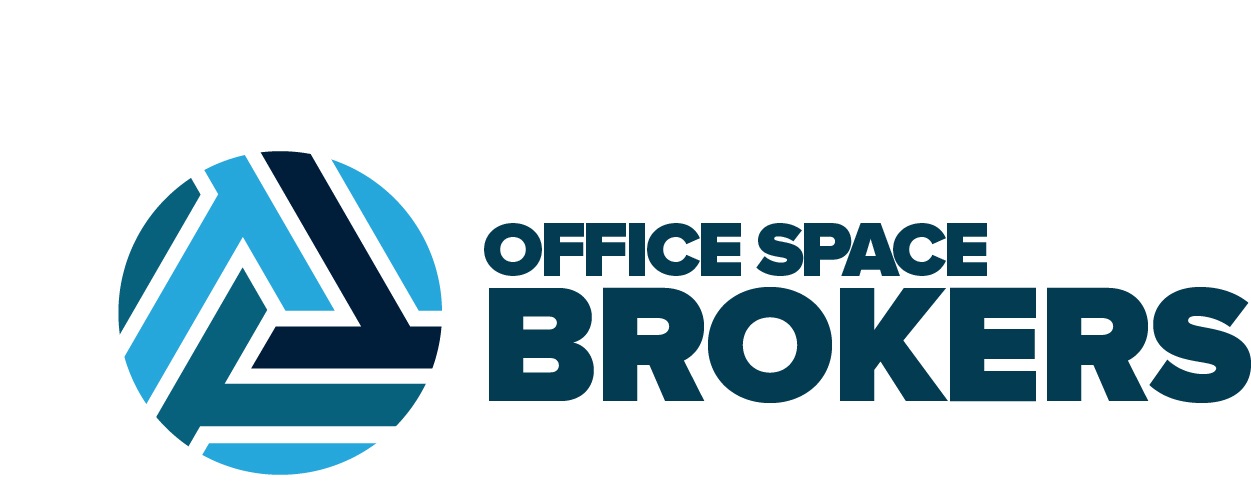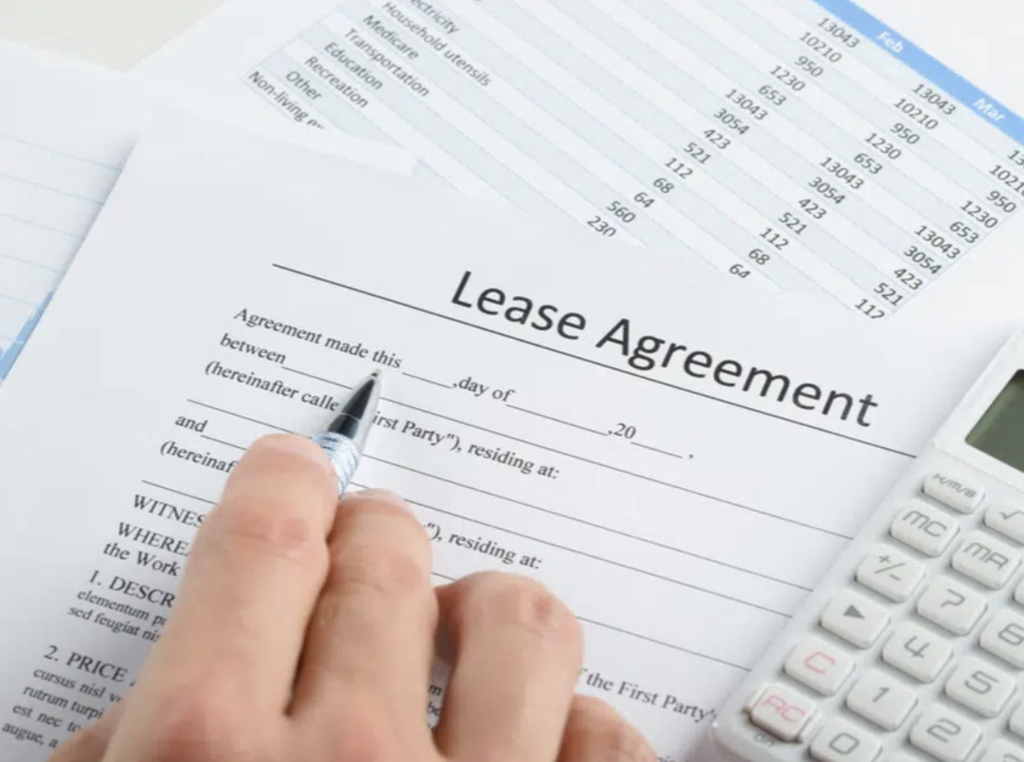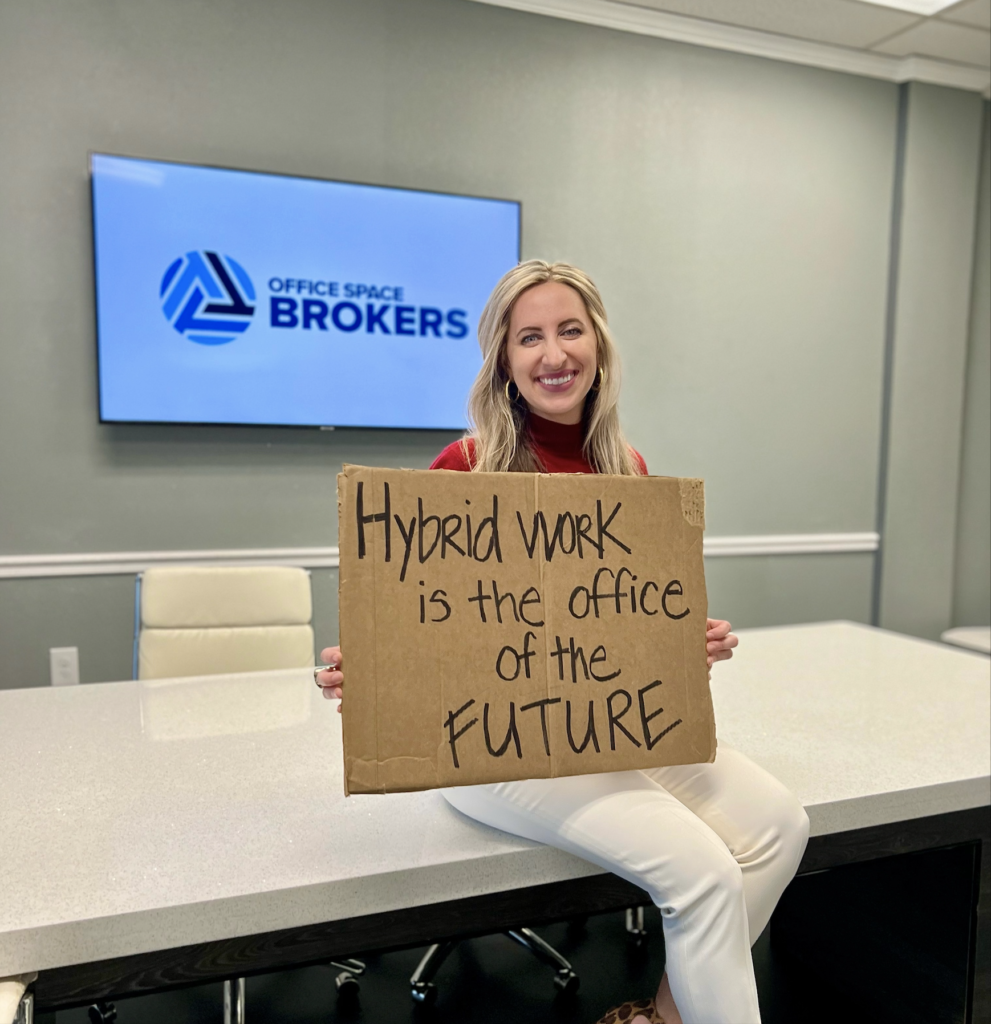Important Highlights:
Tampa Bay:
- The metro area’s unemployment rate has reached an impressive low of 3.1% compared to the 3.5% national average. Companies have benefited from steady employment gains, particularly in sectors such as professional and business services, witnessing a remarkable increase of 4.9%, and information services, which experienced an impressive job growth rate of 7.7%
- The addition of 30,898 jobs, indicating a notable job growth rate of 1.2%
- Forbes’ named Tampa Bay as the 2nd best city for Young Entrepreneurs and the second emerging tech hub, further bolstering its appeal and contributing to the city’s economic prosperity.
- KPMG ranked Tampa Bay as the 3rd most cost-friendly U.S. business location
- Tampa Bay’s business-friendly environment and promising opportunities continue to make it an attractive destination for companies seeking to establish and expand their presence on a global scale.
Office Market:
- Asking rents in Class A Buildings have increased by +/-9%
- Vacancy has increased since the pandemic in 202o from +/- 10% to 14%, however, Q1 and Q2 of 2023 have remained the same.
- The region’s expanding population and thriving job market have played pivotal roles in attracting numerous companies to move to Tampa in recent times and thus limiting vacancy rates compared to other comparable cities.
- Available sublease space has grown by over 90% but interesting to not the majority of the available sublease spaces are 10,000 SF and up.
Let’s Talk Rent Numbers:
| Submarket | Overall Average Asking Rent-All Classes | Overall Asking Rent Class A |
| Westshore | $33.50 Sq. Ft. | $37.01 Sq. Ft. |
| Downtown Tampa | $33.75 Sq. Ft. | $36.00 Sq. Ft. |
| Northwest Tampa | $24.25 Sq. Ft. | $26.50 Sq. Ft. |
| South Tampa | $21.00 Sq. Ft. | N/A |
| I-75 Corridor | $24.25 Sq. Ft. | $27.12 Sq. Ft. |
| Downtown St. Petersburg | $31.50 Sq. Ft. | $35.85 Sq. Ft. |
Building Highlights:
- Gas Worx: Ybor City real estate investor Darryl Shaw’s Gas Worx is a mixed-use development remaking older industrial and vacant properties between Ybor and the Channel District into a walkable area. The first phase, including 317 apartments and retail space, began construction in October and is set to open in spring 2024. A second apartment community with 370 apartments and retail will begin construction later in 2023. At full build-out, Gas Worx is planned to have nearly 5,000 residences, 140,000 square feet of retail, and 500,000 square feet of office space.
- Ybor Harbor: Adjacent to Gas Worx, Darryl Shaw has unveiled plans for Ybor Harbor, a 33-acre mixed-use waterfront development on Ybor Channel south of Adamo Drive. The project aims to connect Ybor to the Channel District and downtown and will include up to six million square feet of residential, office, hotel, and retail space. Plans also include the development of a public area with piers, boat slips, green space, and a boardwalk lined with restaurants and shops.
- Tampa’s Riverfront: The development boom along downtown Tampa’s riverfront continues, with projects like the 31-story luxury apartment tower Arts and Entertainment Residences and the Pendry Residences Tampa luxury riverfront hotel and condominium tower. The Tampa Convention Center is also undergoing a $38 million expansion, adding new waterfront meeting and event rooms.
2023 3rd Quarter Forecast:
- Labor Market: The tight labor market is expected to remain steady, with the unemployment rate likely to be around 2.7%, similar to the previous quarter.
- Job Creation: Tampa Bay is anticipated to continue as a front-runner in job creation across the state, contributing to further employment growth. Nonagricultural employment is expected to see a continued increase, which could positively impact the demand for office spaces.
- Supply: Overall vacancy rates are projected to remain low, with a slight decrease from the previous quarter, potentially reaching around 4.4%. However, the amount of vacant sublease products on the market may continue to rise as companies adjust their space needs following the pandemic’s e-commerce boom.
- Demand: Leasing activity is expected to show improvement compared to Q2, with an increase in new deals signed during the 3rd quarter. Positive net absorption is likely to continue, indicating a healthy demand for commercial properties in the region.
- Economic Indicators: The Tampa Bay MSA’s unemployment rate is likely to remain at around 2.7%, which is significantly lower than the national rate of 3.6%. Employment is anticipated to continue growing in the region.
What does this mean for Tenants?
Advantages:
- Increased rent concessions from Landlords: Landlord’s are more flexible on asking face rates, Tenant Improvement allowance and more likely to provide free rent to offset cumulative lease values.
- Positive Net Absorption: The market is experiencing positive net absorption, indicating that more space is being leased than vacated. This could signify a healthy and growing business environment, attracting a diverse range of companies to the region.
- Favorable Economic Indicators: The low unemployment rate and steady job growth in Tampa Bay suggest a thriving economy. For Tenants, this means a potentially larger customer base and a higher likelihood of finding qualified employees in the area.
- Sublease Options: More sublease options can be favorable for Tenants who prefer a shorter lease term and below market rent.
Challenges:
- Turn Key Options: Construction costs are still record high and the lack of turn key “Spec spaces” Landlords have available for Tenant’s who require immediate move can require Tenant’s to lease Suites do not provide the desired layout for Tenants.
- Sublease Market: The rise in vacant sublease products on the market could be both an advantage and a challenge for Tenants. On one hand, it provides additional options for space, potentially at a more affordable rate and shorter lease term. Subleasing comes with its own set of considerations, being subject to already agreed upon lease terms, conditions and possible constraints.
What does this mean for Landlords?
Opportunities:
- Low Vacancy Rates For Smaller Suites: Suites under 5,000 SF and under spaces are being leased quickly.
- Turn Key and Spec Suites: Having turn key Suites under 5,000 SF for Tenants to quickly move into will provide a competitive advantage over other vacant competing Suites for Tenants who do not have enough lead time for long construction timelines.
- Positive Net Absorption: The positive net absorption in the market signals a healthy and growing tenant base. As more businesses seek space in the region, Landlords can expect sustained interest in their properties and a potential increase in leasing activity.
Considerations:
- Tenant Selection: Ensuring that potential Tenants have a strong financial standing and align with the property’s intended use can help minimize risks associated with tenant turnover or payment issues.
- Sublease Market: The increase in vacant sublease products could impact the overall leasing market. Landlords should be aware of sublease offerings in their area and assess how it may affect their property’s marketability and leasing rates.
- Market Saturation: As demand remains strong, there may be increased development activity in certain areas. Landlords should be mindful of potential market saturation, which could lead to heightened competition and a potential impact on rental rates.
- Tenant Retention: While attracting new Tenants is essential, Landlords should also prioritize Tenant retention. Historically, it is more cost effective to maintain a Tenant then marketing, leasing and Tenant Improvement costs to acquire a new Tenant. Maintaining positive Landlord-Tenant relationships and providing excellent customer service can help ensure Tenants choose to renew their leases, reducing turnover and associated costs.




